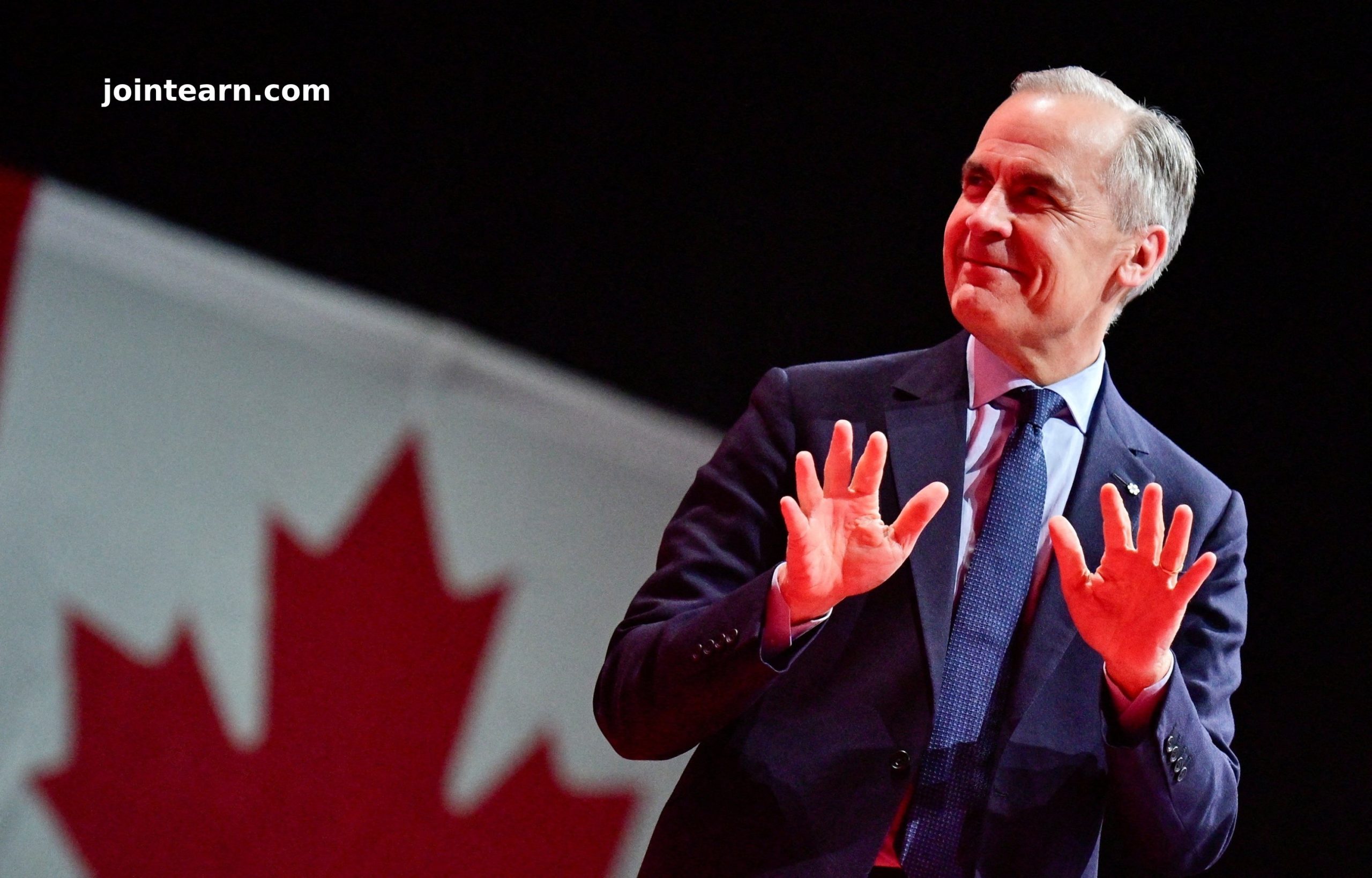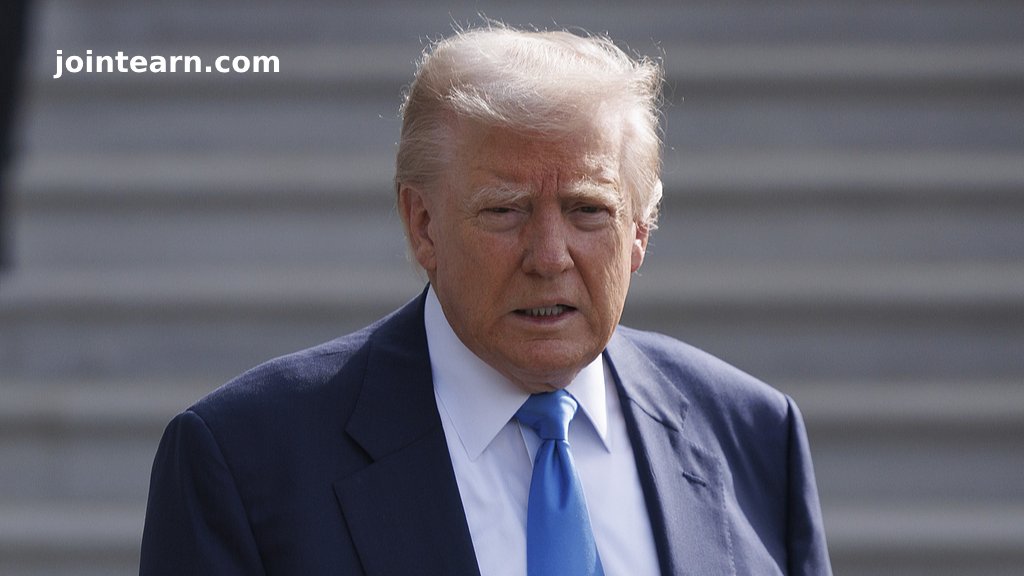Canada’s Liberal Party has secured a historic fourth term in office following a dramatic federal election, with newly appointed Prime Minister Mark Carney delivering a powerful message of national unity and resilience against growing pressure from the United States.
Just nine days after taking office, Carney called a snap election—a bold move that ended in a remarkable political comeback for the Liberal Party and its rookie leader. In a rousing victory speech in Ottawa, Carney addressed the perceived threats from former U.S. President Donald Trump, declaring, “Trump wants to break us so that America can own us. That will never, ever happen.”
Mark Carney emphasized the need to reimagine Canada’s role on the world stage, stating the era of U.S.-centric global trade is over. “We’ve moved beyond the shock of American betrayal, but we won’t forget its lessons,” he said.
Celebrations erupted at the Liberals’ election night event as early results from Atlantic Canada, Quebec, and Ontario confirmed a win. However, it remains uncertain whether the Liberals achieved a majority government. If not, they will likely rely on support from rival parties, notably the New Democratic Party (NDP), to pass key legislation—mirroring their previous coalition-style governance.
The victory marks a stunning reversal for the Liberals, who were expected to lose heavily under former leader Justin Trudeau. Trudeau’s near-decade in power ended with internal party strife and plummeting public support. By late 2024, the Liberals were predicted to face a crushing defeat. Yet under Carney’s leadership, they orchestrated one of the most dramatic comebacks in Canadian political history.
David Lametti, a former Liberal justice minister, remarked, “We were dead and buried in December. Now we’re forming a government. This turnaround is all thanks to Mark.”
Canada’s political landscape was also shaped by rising tensions with the United States. Trump’s provocative statements—suggesting Canada become the 51st state and mocking Trudeau as a mere “governor”—sparked a nationwide backlash and galvanized support for Carney’s assertive stance.
Pollster David Coletto of Abacus Data described the shift in public sentiment as “unprecedented,” attributing the Liberals’ rebound to both Carney’s appeal and widespread concerns about U.S. interference.
The Conservative Party, led by Pierre Poilievre, entered the campaign confident of victory but was blindsided by the sudden Liberal surge. A 25-point polling lead evaporated within weeks. Speaking to supporters, Poilievre vowed to hold the government accountable, saying, “We will always put Canada first as we push back against Trump’s reckless threats.”
Poilievre also faced a personal setback, trailing in his longtime electoral district for the first time since 2004. His loss is expected to trigger intense debate within Conservative ranks about the party’s direction and leadership.
Carney’s gamble to call a snap election was risky—had he lost, he would have been Canada’s shortest-serving prime minister. Instead, his win solidifies his position as a transformative leader in a time of economic uncertainty and global instability.
Campaign volunteer Ian Laroque praised Carney’s authenticity and leadership: “He’s not a career politician, but he’s exactly the kind of leader Canada needs during an economic crisis. It’s rare to get an economist during times like these.”
The 2025 Canadian federal election was notable for its polarization. For the first time in 70 years, the two major parties—the Liberals and Conservatives—captured more than 80% of the vote. Smaller parties like the Bloc Québécois and the NDP suffered major losses.
Jagmeet Singh, leader of the NDP, announced his resignation after failing to win his seat. The party fell below the 12-seat threshold required for official status in Parliament, marking one of its worst performances ever.
As Canada prepares for a turbulent global future, Mark Carney’s unexpected rise signals a new chapter in the country’s political narrative—defined by resilience, unity, and a redefined relationship with its southern neighbor.












